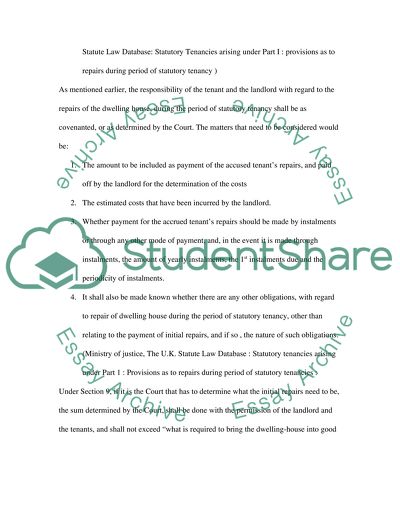Cite this document
(“Land lord and tenant law(english law) Essay Example | Topics and Well Written Essays - 2000 words”, n.d.)
Retrieved from https://studentshare.org/miscellaneous/1512534-land-lord-and-tenant-lawenglish-law
Retrieved from https://studentshare.org/miscellaneous/1512534-land-lord-and-tenant-lawenglish-law
(Land Lord and Tenant law(english Law) Essay Example | Topics and Well Written Essays - 2000 Words)
https://studentshare.org/miscellaneous/1512534-land-lord-and-tenant-lawenglish-law.
https://studentshare.org/miscellaneous/1512534-land-lord-and-tenant-lawenglish-law.
“Land Lord and Tenant law(english Law) Essay Example | Topics and Well Written Essays - 2000 Words”, n.d. https://studentshare.org/miscellaneous/1512534-land-lord-and-tenant-lawenglish-law.


